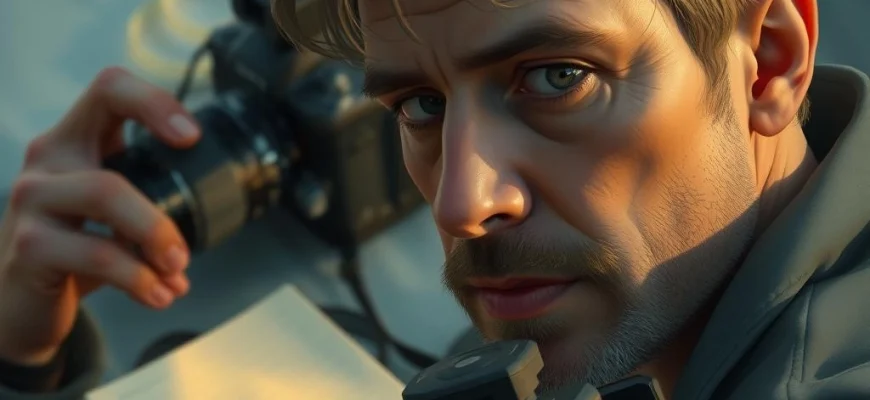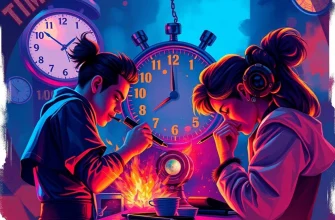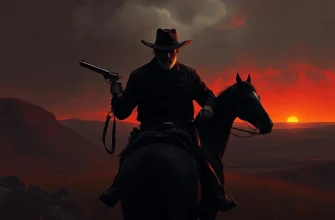If you were captivated by the raw, introspective storytelling of 'Cameraperson' (2016), this article is for you. We’ve curated a list of 10 films and shows that share its unique blend of personal reflection, documentary realism, and cinematic artistry. Whether you're a fan of its fragmented narrative or its intimate portrayal of life behind the lens, these recommendations will deepen your appreciation for similar works.
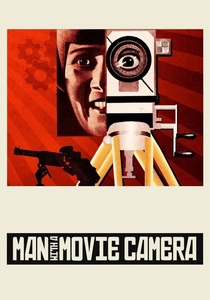
Man with a Movie Camera (1929)
Description: A pioneering experimental film that captures urban life through innovative cinematography and editing. It emphasizes the role of the filmmaker in shaping reality, much like the introspective approach seen in other observational documentaries.
Fact: The film has no actors or script, and its director, Dziga Vertov, called it an 'experiment in the cinematic communication of visible events.'
 Watch Now
Watch Now 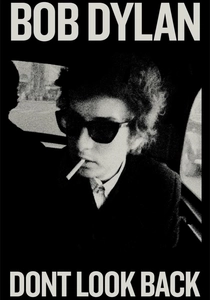
Dont Look Back (1967)
Description: A cinéma vérité documentary that captures the life of a musician on tour, offering an unfiltered glimpse into his world. Its observational style and focus on the subject's persona and environment mirror the intimate approach of similar films.
Fact: The film features one of the first music videos ever made, for Bob Dylan's 'Subterranean Homesick Blues,' which was shot in an alley behind the Savoy Hotel in London.
 Watch Now
Watch Now 
F for Fake (1973)
Description: An essay film that plays with the concepts of truth, authenticity, and artistic creation. Its playful, self-aware style and exploration of the filmmaker's role align with the introspective and experimental nature of similar documentaries.
Fact: Orson Welles' final completed film, it weaves together the stories of art forger Elmyr de Hory and Clifford Irving, who wrote a fake autobiography of Howard Hughes.
 Watch Now
Watch Now 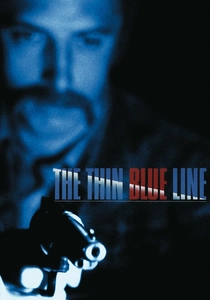
The Thin Blue Line (1988)
Description: A groundbreaking documentary that uses reenactments and interviews to investigate a wrongful conviction. Its meticulous, investigative style and focus on truth resonate with the introspective nature of similar films.
Fact: The film's evidence was so compelling that it led to the exoneration of its subject, Randall Dale Adams, who had been wrongly convicted of murder.
 Watch Now
Watch Now 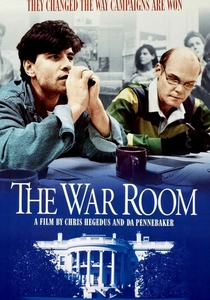
The War Room (1993)
Description: A behind-the-scenes documentary that captures the intensity and strategy of a political campaign. Its fly-on-the-wall approach and focus on the human elements of a larger system align with the observational and introspective style of similar films.
Fact: The film provides unprecedented access to Bill Clinton's 1992 presidential campaign, particularly focusing on strategists James Carville and George Stephanopoulos.
 Watch Now
Watch Now 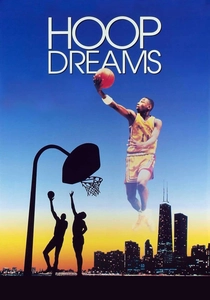
Hoop Dreams (1994)
Description: A documentary that follows the lives of two young basketball players over several years, blending personal storytelling with broader social commentary. Its immersive, long-form approach and focus on real-life struggles resonate with similar observational films.
Fact: Originally intended to be a 30-minute short, the project expanded into a nearly three-hour film after the filmmakers shot over 250 hours of footage.
 Watch Now
Watch Now 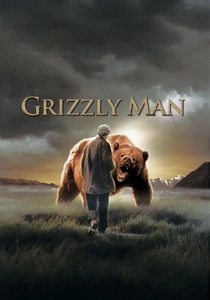
Grizzly Man (2005)
Description: A documentary that blends personal footage with broader reflections on nature and humanity. Its raw, unfiltered look at its subject's life and tragic end mirrors the deeply personal and observational style of other introspective documentaries.
Fact: The film features over 100 hours of footage shot by its subject, Timothy Treadwell, who lived among grizzly bears in Alaska before being killed by one.
 Watch Now
Watch Now 
Stories We Tell (2012)
Description: A documentary that explores family secrets and the nature of memory through interviews and reenactments. Its layered, self-reflective storytelling aligns with the introspective and personal approach of similar films.
Fact: Director Sarah Polley incorporates home movies and staged recreations to examine her own family's history, blurring the line between truth and fiction.
 Watch Now
Watch Now 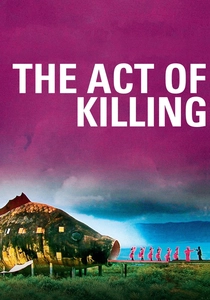
The Act of Killing (2012)
Description: A documentary that blurs the line between reality and performance, using unconventional storytelling to explore historical atrocities. It shares a reflective and deeply personal approach to its subject matter.
Fact: The film features former Indonesian death squad leaders reenacting their crimes in various cinematic genres, including musical and gangster styles.
 Watch Now
Watch Now 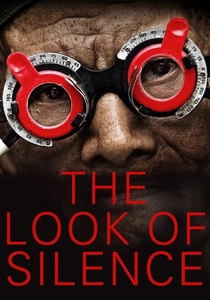
The Look of Silence (2014)
Description: A companion piece to another documentary, it examines the lingering trauma of historical violence through intimate interviews. Its quiet, observational style and focus on personal and collective memory resonate with similar films.
Fact: The film follows an optometrist as he confronts the men who killed his brother during the Indonesian genocide, offering a unique perspective on reconciliation.
 Watch Now
Watch Now 
